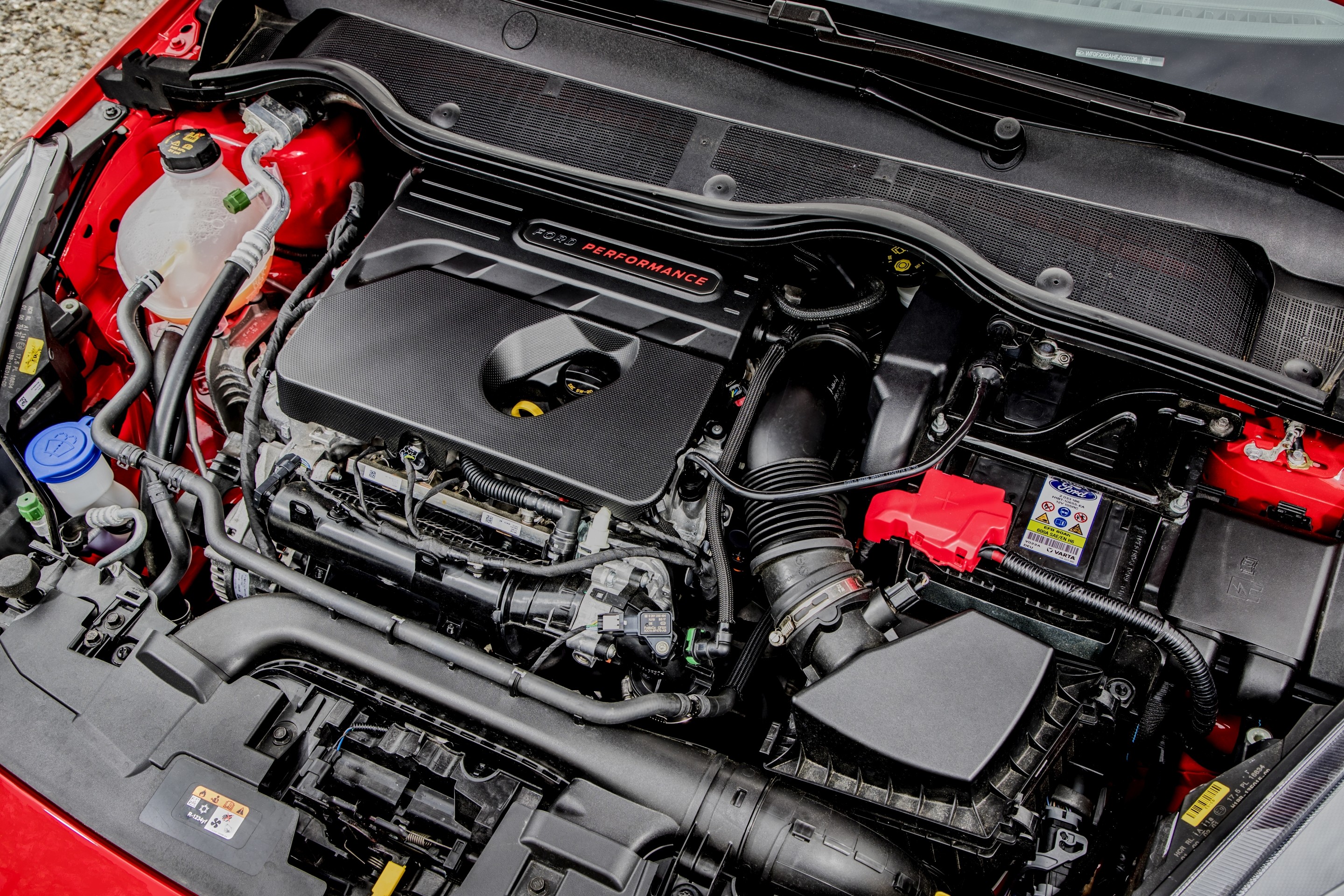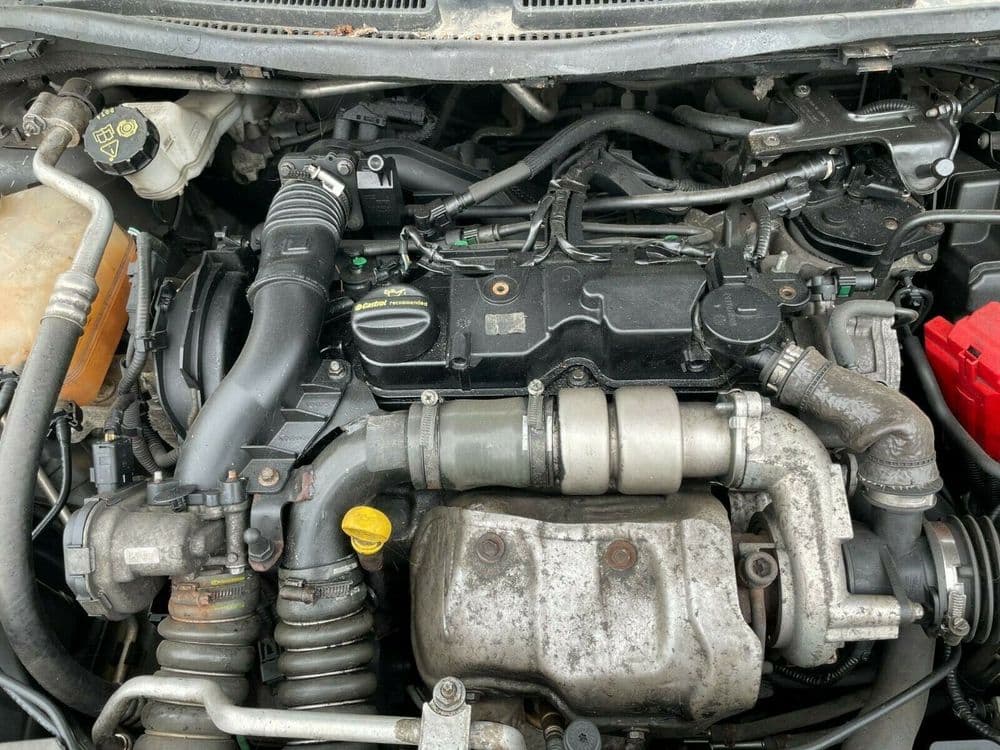Opening the Power of Engines: A Comprehensive Guide to Efficiency and Efficiency
Recognizing the intricate auto mechanics of engines is essential for both performance lovers and day-to-day drivers. By analyzing essential metrics such as horsepower and torque, one can value exactly how tuning strategies improve performance while addressing environmental problems. Furthermore, routine upkeep plays a pivotal function in maintaining optimum efficiency over time. As the auto landscape changes towards electrification and advanced innovations, the concern occurs: how can we successfully adjust to these adjustments while making best use of engine capabilities? The responses might redefine our strategy to engine efficiency and effectiveness in methods that are both enlightening and important.
Recognizing Engine Basics
What constitutes the fundamental technicians of an engine? At its core, an engine is an equipment developed to convert fuel right into mechanical energy through a collection of controlled surges or combustion processes.
The crankshaft after that transforms this linear activity right into rotational power, which eventually powers the car. The camshaft regulates the opening and closing of the shutoffs, regulating the consumption of air and gas and the expulsion of exhaust gases. Furthermore, the engine counts on a very carefully adjusted fuel-air combination, ignition system, and cooling system to make sure ideal performance and effectiveness.
Comprehending engine basics additionally involves identifying the importance of engine cycles, such as the four-stroke cycle, that includes consumption, power, exhaust, and compression strokes. Each stage is critical in making sure the engine functions efficiently and effectively. Proficiency of these fundamental auto mechanics lays the groundwork for checking out extra complicated engine dynamics and performance metrics, crucial for enhancing both power result and efficiency.
Secret Performance Metrics
Secret efficiency metrics are important for reviewing an engine's efficiency and power outcome, giving important understandings for both suppliers and consumers. These metrics act as criteria for engine efficiency, permitting educated decisions in acquiring, production, and style.
Among the key metrics is horse power, which quantifies the engine's capability to do job over time. Torque, gauged in pound-feet, is an additional crucial metric that suggests the engine's rotational pressure, directly impacting acceleration and hauling capacity. Gas performance, commonly gauged in miles per gallon (MPG) or litres per 100 kilometers (L/100km), analyzes just how effectively the engine converts fuel right into activity, influencing environmental considerations and functional prices.
Furthermore, thermal effectiveness procedures just how well an engine converts fuel power into helpful job, revealing insights right into power losses primarily through heat. Exhaust levels, including carbon dioxide and NOx, are likewise essential, mirroring the engine's environmental impact and conformity with regulatory standards.

Tuning Methods for Effectiveness
Tuning techniques play a considerable duty in boosting engine efficiency by optimizing performance metrics identified in ford fiesta engine earlier discussions (ford fiesta engine). Different techniques exist to adjust an engine, each adding to boosted gas economic situation and reduced emissions
One effective technique is adjusting the air-fuel ratio, making sure the engine operates within the optimal combustion program. A leaner mix can enhance fuel efficiency, but it must be stabilized to avoid misfires or engine knock. Additionally, reprogramming the engine management system can recalibrate parameters such as ignition timing, which further boosts performance while preserving power output.
Another important approach entails changing the intake and exhaust systems. Upgrading to high-performance air filters and exhaust headers can lower back stress, assisting in much better airflow. This permits the engine to take a breath more openly, bring about boosted combustion efficiency.
In addition, the application of advanced adjusting devices, like dyno screening, supplies accurate information this post that allows targeted adjustments. Consistently checking these performance metrics ensures that adjusting efforts produce the wanted performance results. Jointly, these methods not just reinforce engine efficiency yet additionally add to long-term sustainability in engine procedures.
Maintenance for Ideal Performance
Regular engine upkeep is vital for attaining ideal efficiency and longevity. A well-kept engine not only runs efficiently however also lessens the threat of costly repair services and break downs. Trick components needing normal attention include oil, filters, belts, and trigger plugs.
Changing the engine oil at advised intervals is vital, as oil lubes relocating parts and stops getting too hot. Similarly, replacing oil and air filters makes certain that contaminants do not impair engine function. Neglecting these components can cause lowered efficiency and prospective engine damage.
Furthermore, evaluating and changing used belts and hoses is important to stop abrupt failings. Timing belts, in particular, should be replaced according to the producer's schedule to prevent disastrous engine damages.
Flicker connects must likewise be inspected and changed as essential, given that they play a crucial role in ignition and fuel efficiency.
Future Fads in Engine Innovation
Accepting advancements in modern technology, the future of engine layout is poised to revolutionize efficiency and effectiveness across numerous applications. Hybrid and totally electric powertrains are becoming significantly traditional, supplying minimized emissions and improved fuel effectiveness.
Furthermore, technologies in materials scientific research are causing lighter, stronger components that improve engine efficiency while minimizing power usage. Advanced production strategies, such as 3D printing, permit the production of complicated geometries that boost airflow and thermal administration, thus enhancing combustion procedures.
Additionally, the combination of expert system and artificial intelligence is set to transform engine diagnostics and efficiency adjusting. These modern technologies can assess large amounts of data in genuine time, enabling anticipating upkeep and customized efficiency enhancements.
Final Thought
To conclude, unlocking the power of engines needs a thorough understanding of their auto mechanics read and performance metrics. Carrying out reliable tuning techniques and adhering to routine upkeep techniques substantially boost engine capabilities. As the automobile landscape progresses, accepting future fads in modern technology, including electrification and progressed manufacturing, will certainly be essential for enhancing performance and performance. This comprehensive approach not only benefits fanatics but also adds to sustainable remedies in the realm of automobile engineering.
Furthermore, the engine counts on a meticulously calibrated fuel-air mixture, ignition system, and cooling down system to make sure optimal efficiency and performance.
Recognizing engine fundamentals also entails recognizing the value of engine cycles, such as the four-stroke cycle, which includes consumption, power, exhaust, and compression strokes. Mastery of these basic auto mechanics lays the foundation for checking out extra complicated engine characteristics and performance metrics, crucial for optimizing both power output and effectiveness.

Welcoming innovations in technology, the future of engine design is positioned to revolutionize performance and effectiveness throughout different applications.